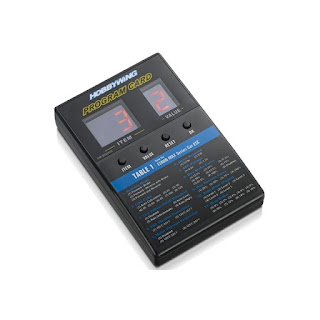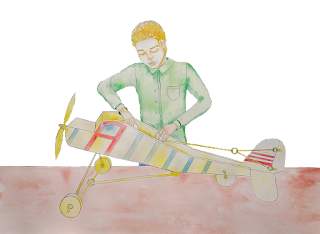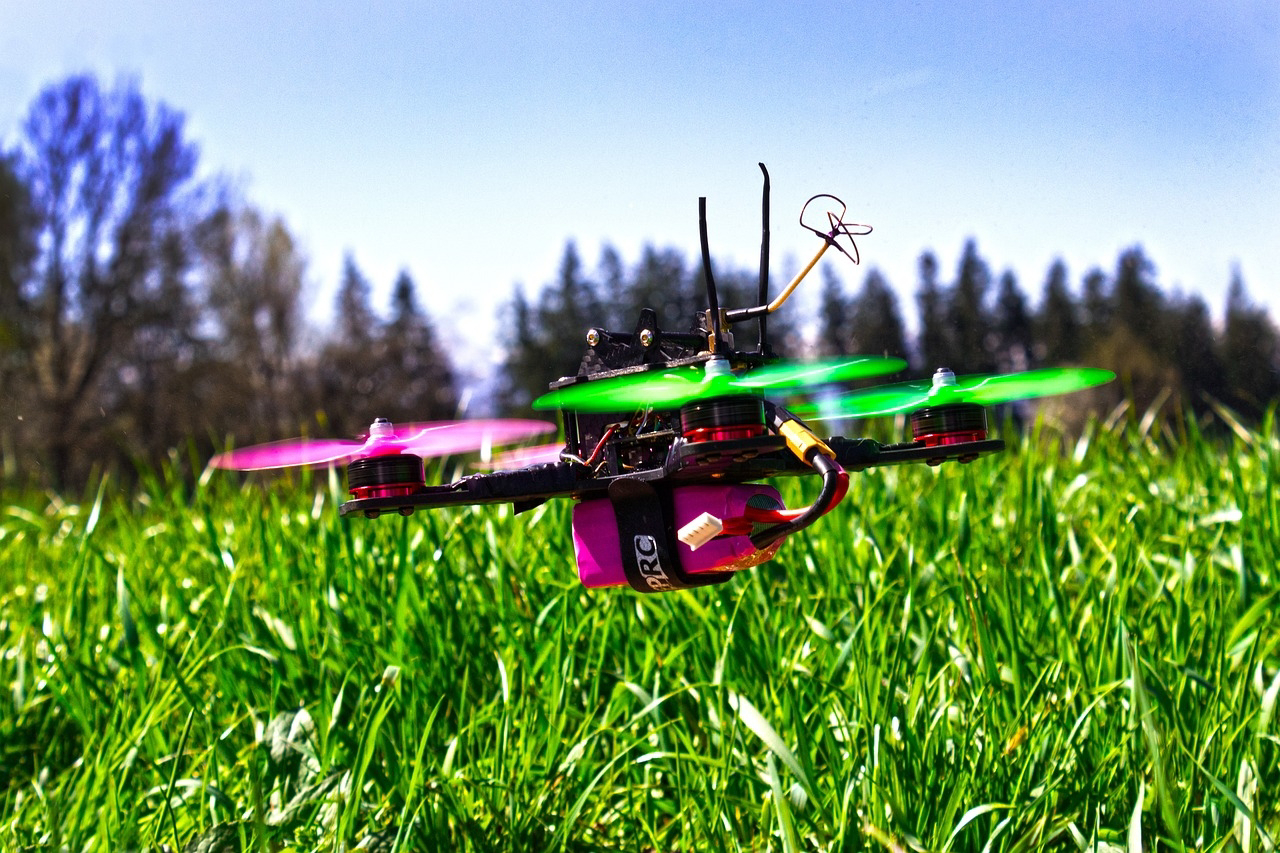An In-depth Analysis of Load Cells: The Unsung Heroes of Weighing

Ever found yourself pondering over the mechanism that operates behind your everyday weighing scales? Or perhaps you've wondered about the intricacies of the technology behind industrial weighing systems? The magic behind these weighty matters is the load cell , a pivotal component in all things weighing related. This article delves deep into the world of load cells, unravelling their secrets and exploring their varied types and applications. The Basics: Understanding the Load Cell Embed: A load cell is akin to the sensory neurons in our body. Just as neurons receive external stimuli and convert them into signals for the brain to decipher, a load cell transforms physical force into quantifiable data. Predominantly metal, load cells detect and measure force, acting as the linchpin in any weighing system. There are numerous types of load cells , each designed with a unique purpose in mind. The Inner Workings of a Load Cell A load cell operates by transmuting mechanical f





